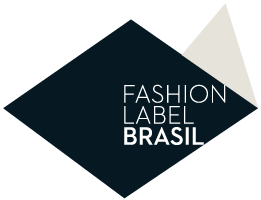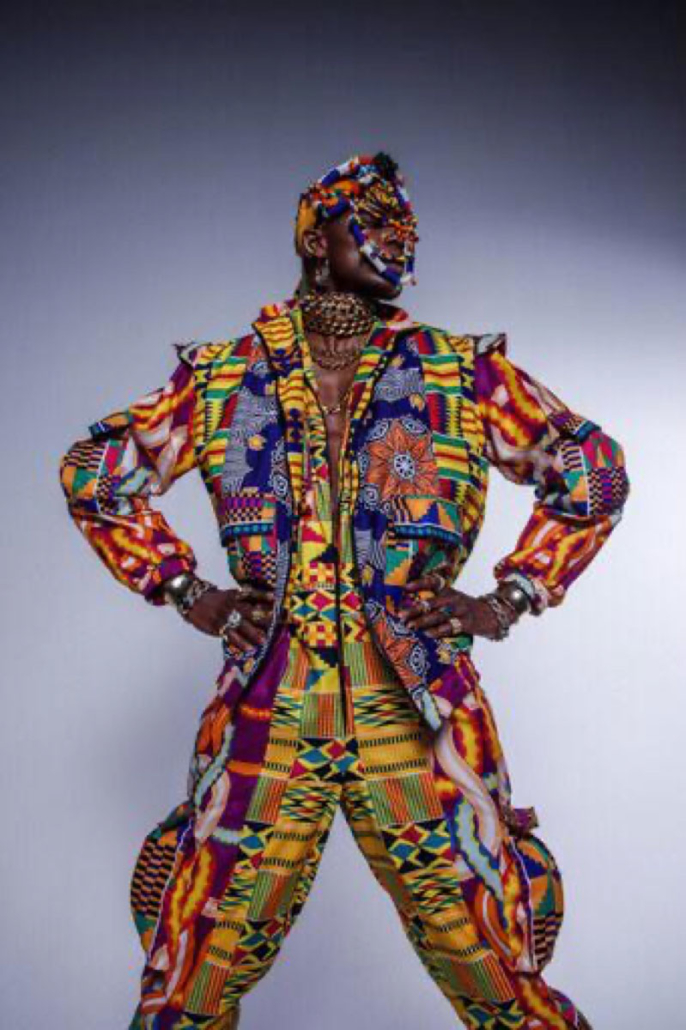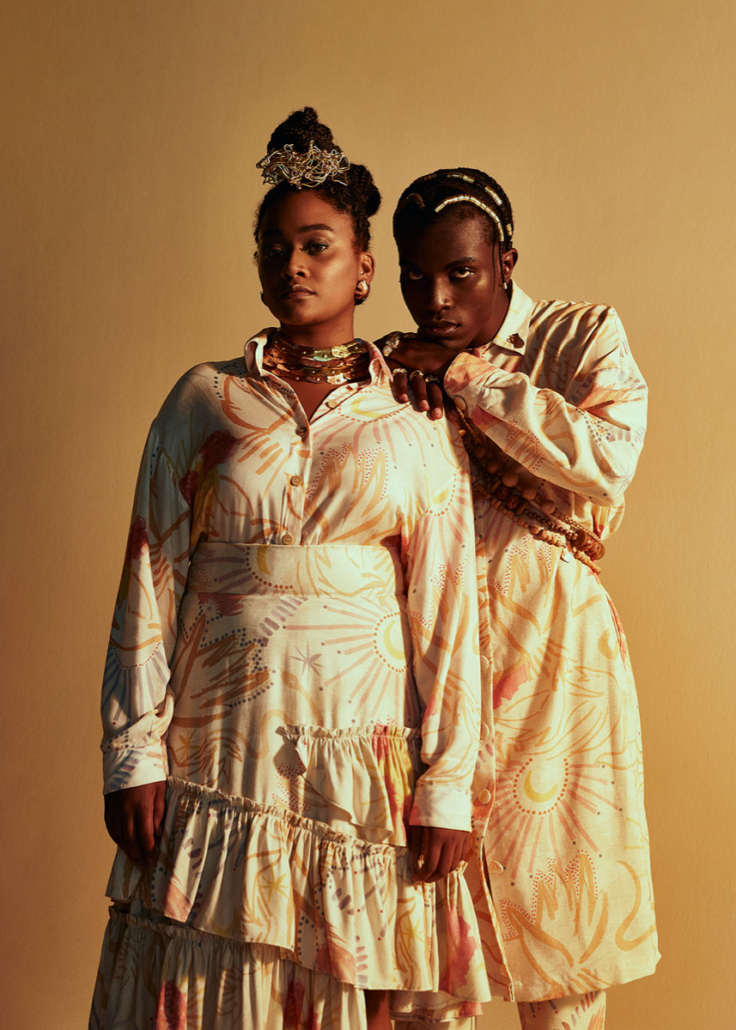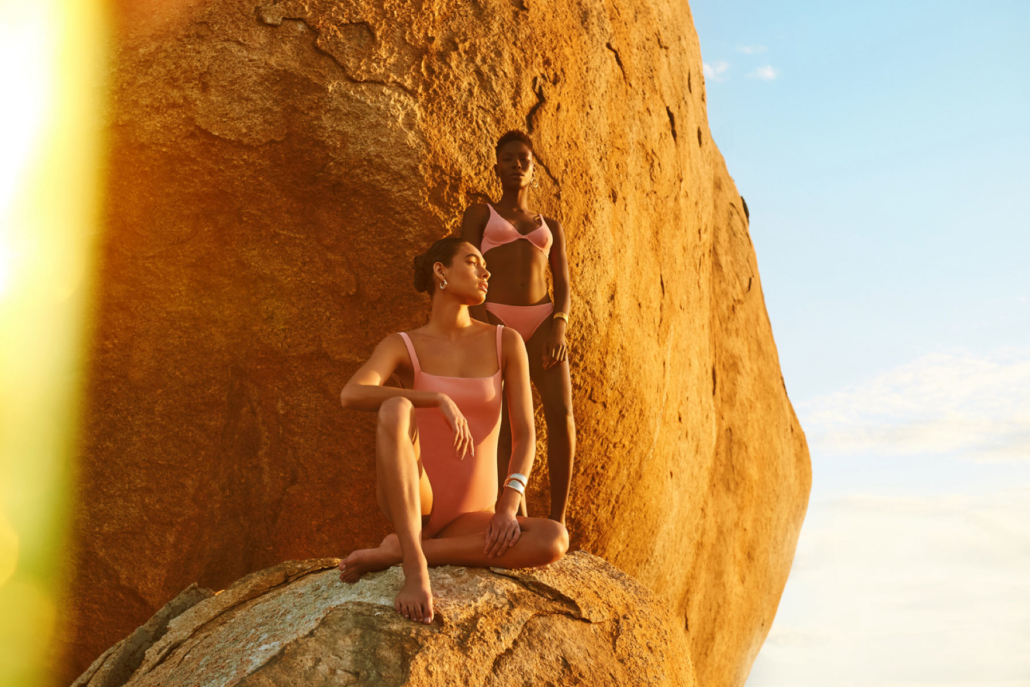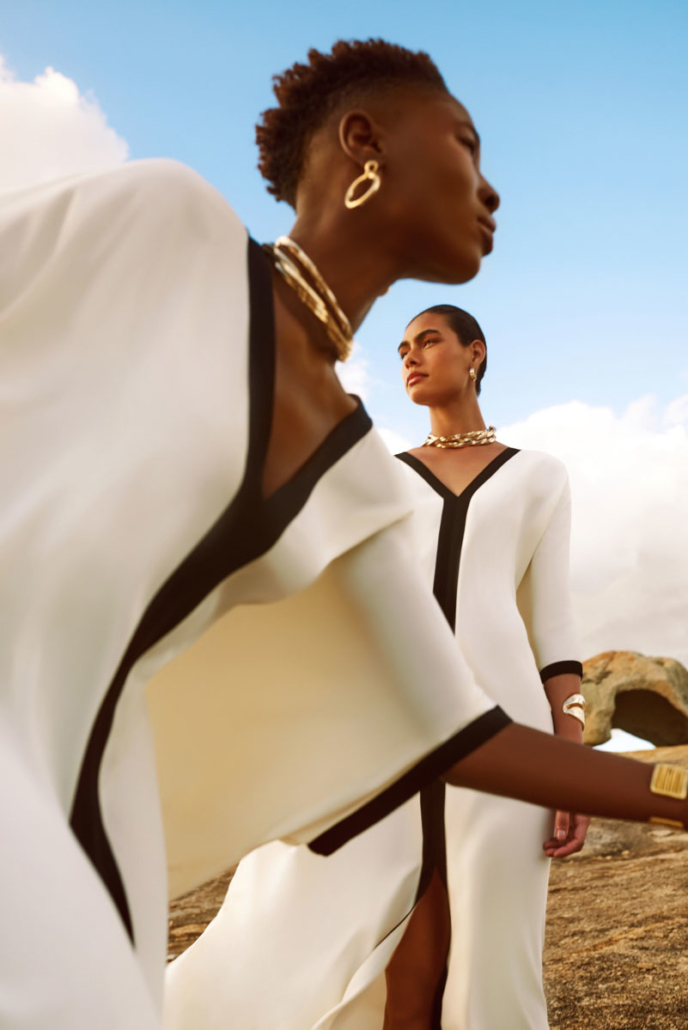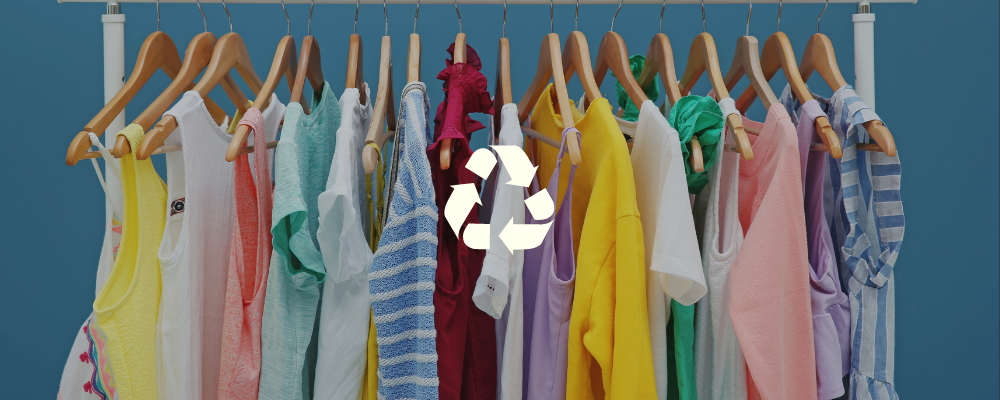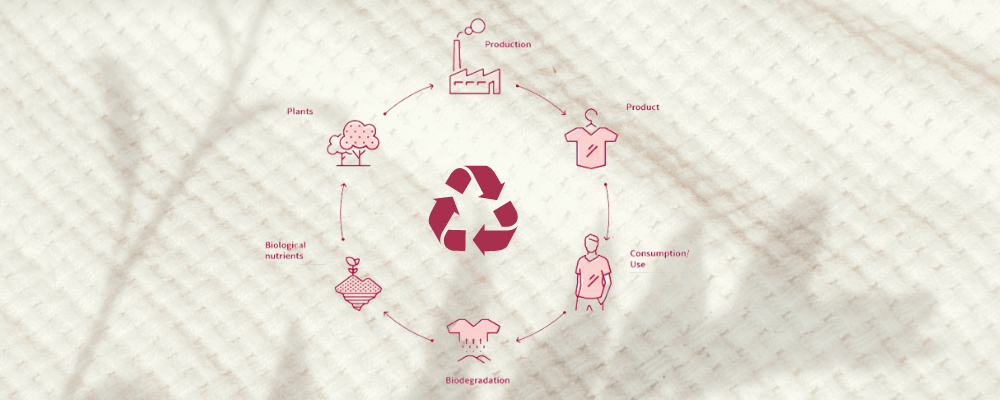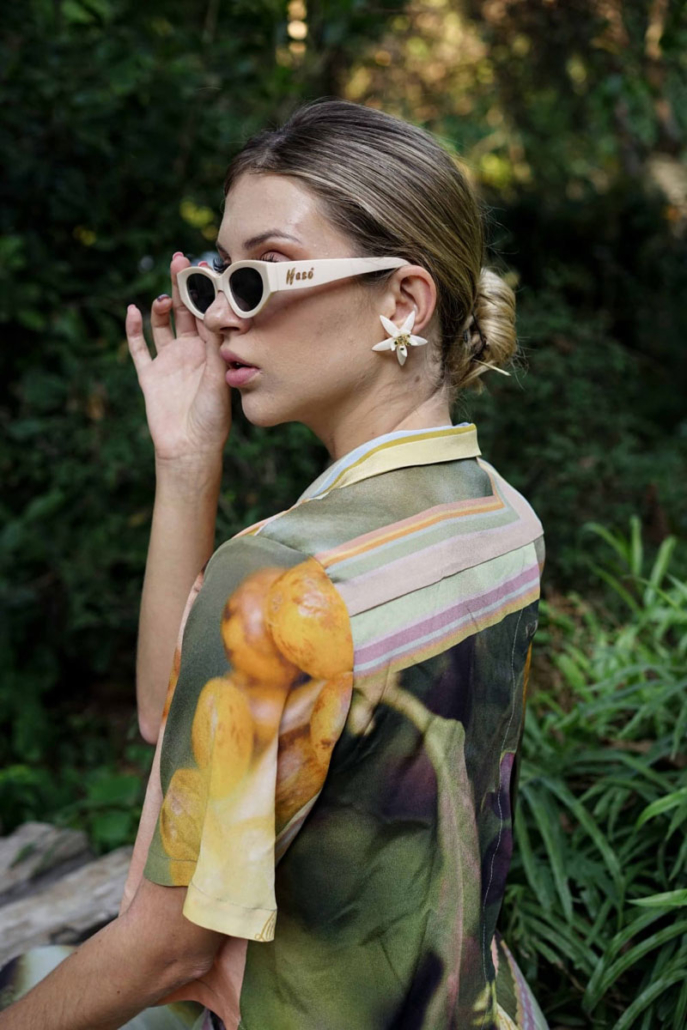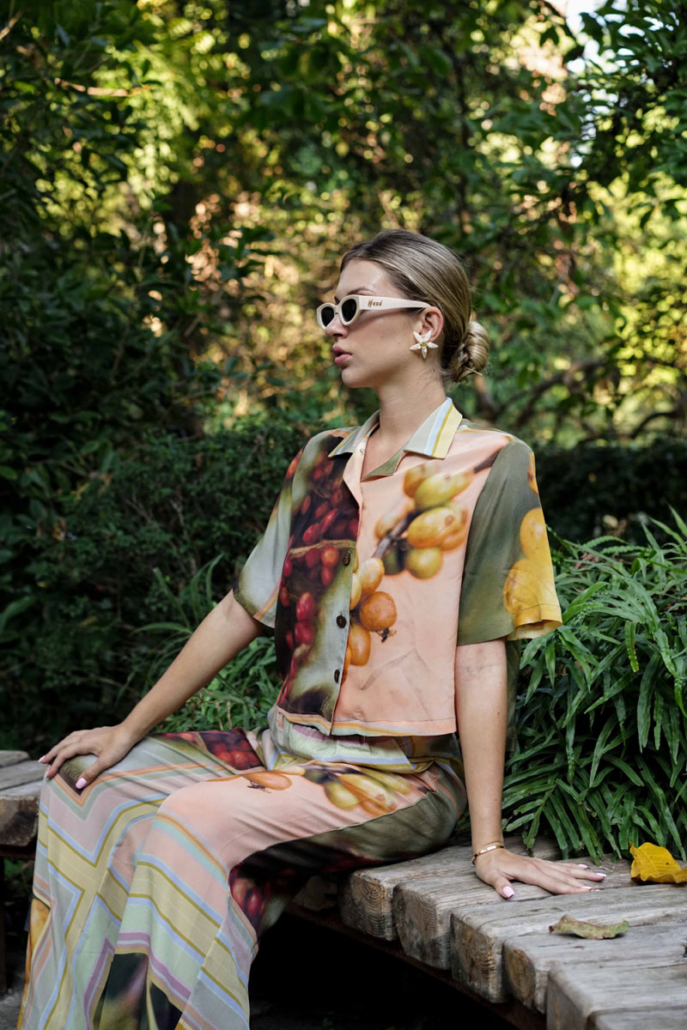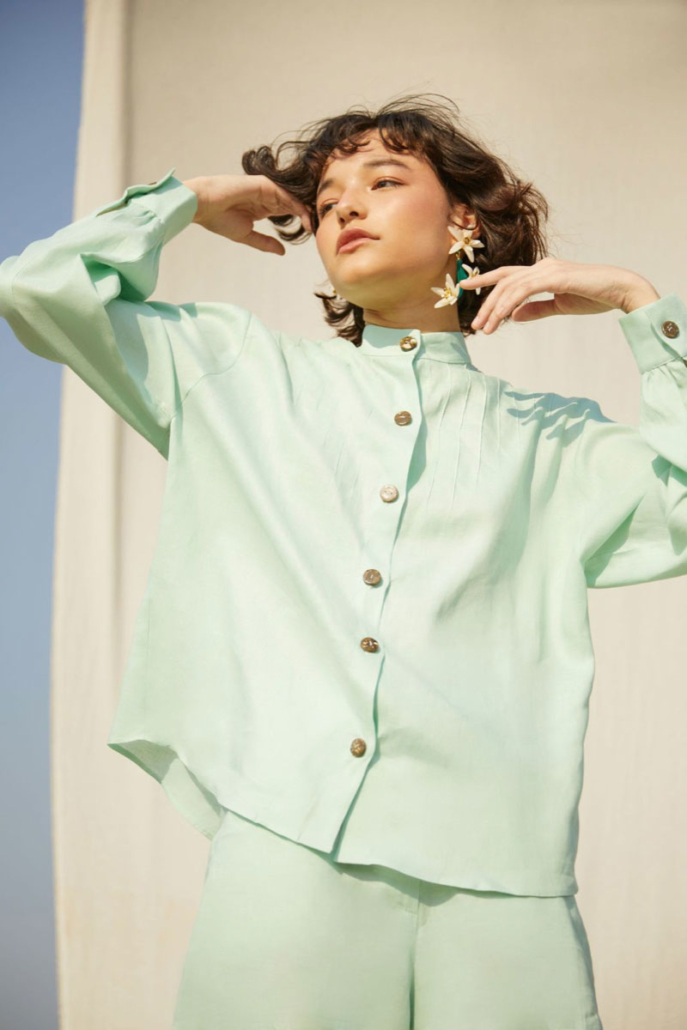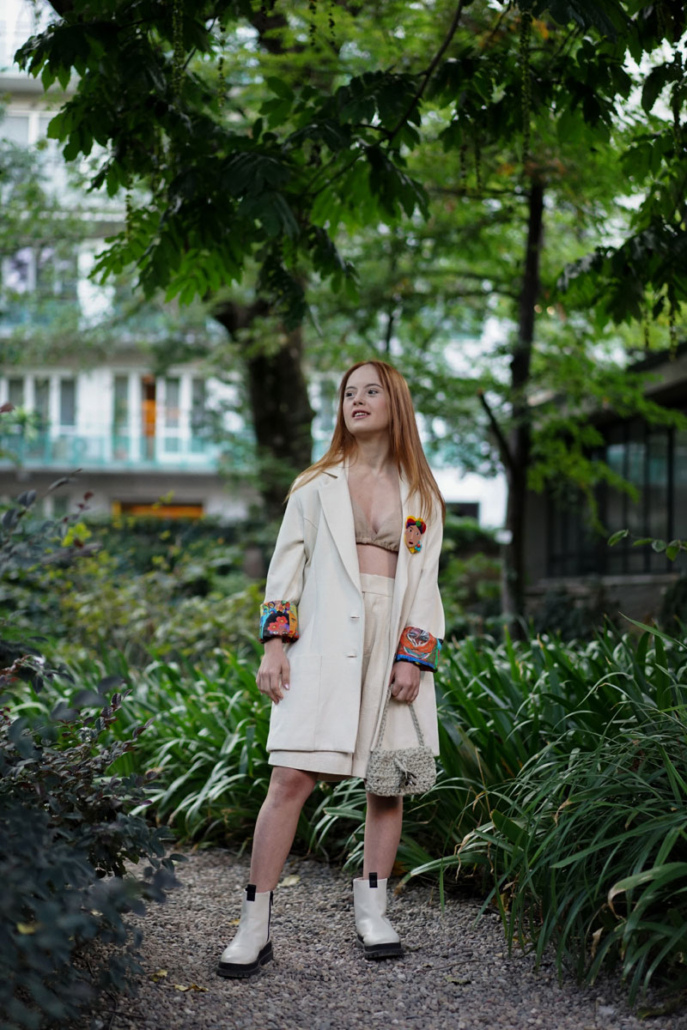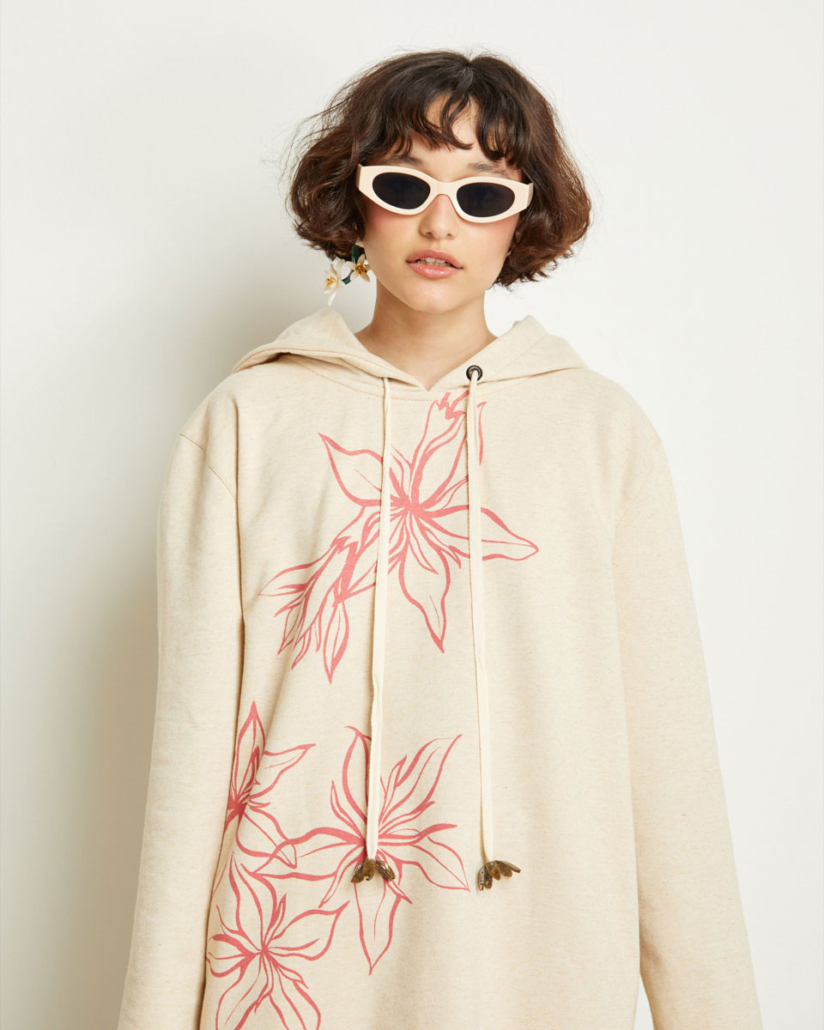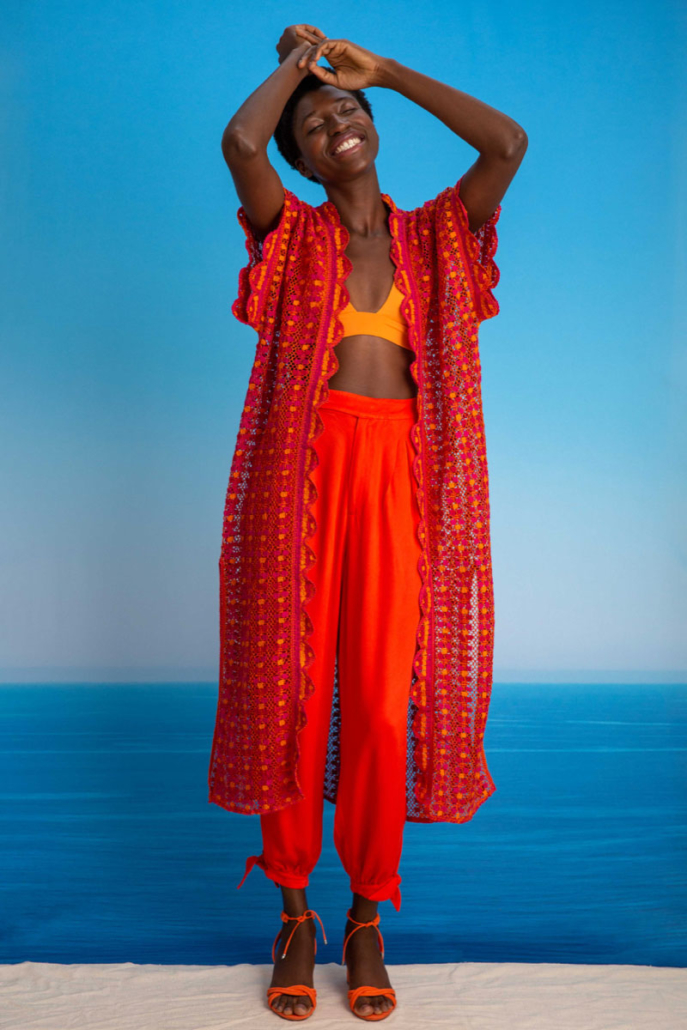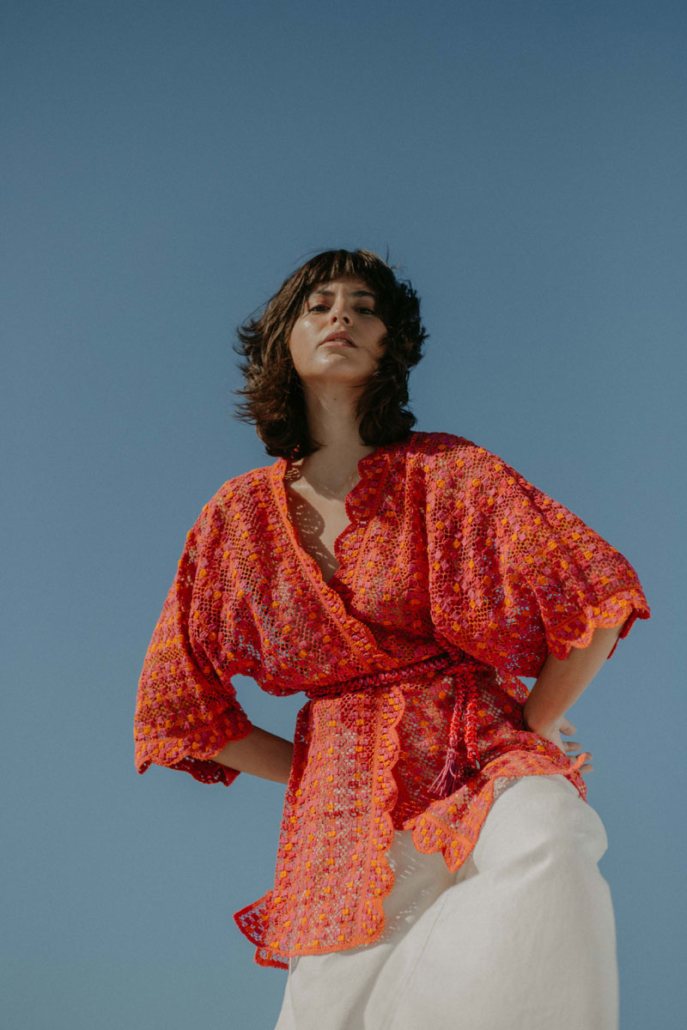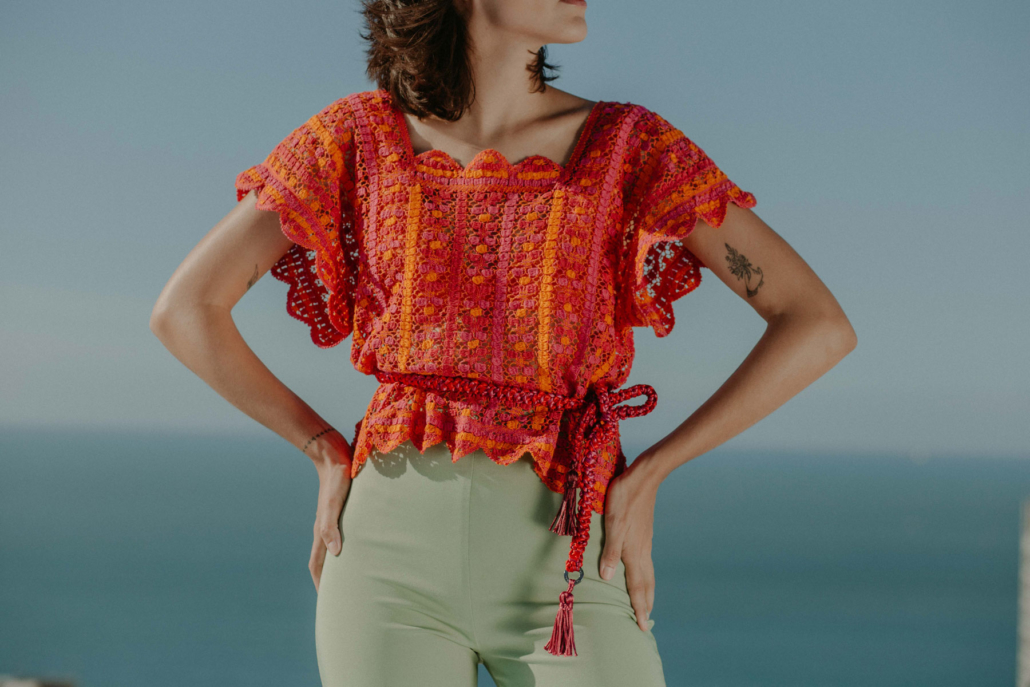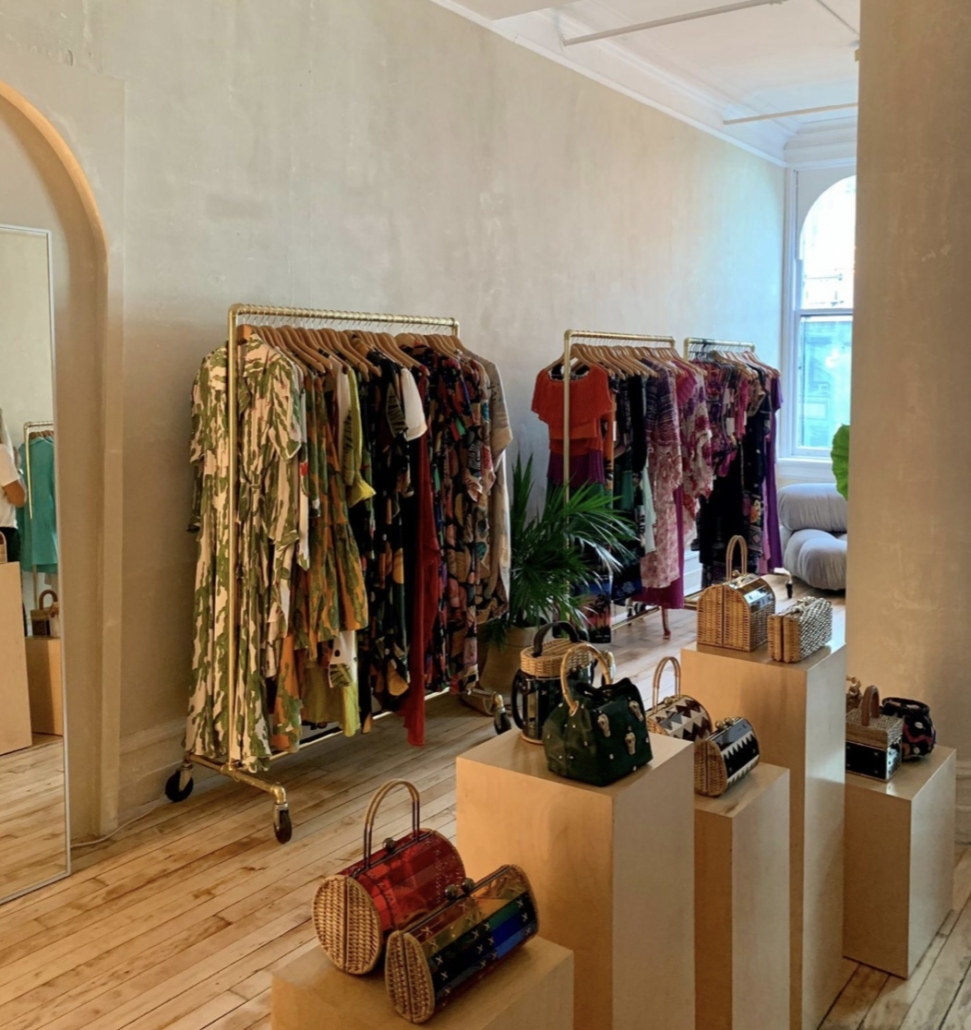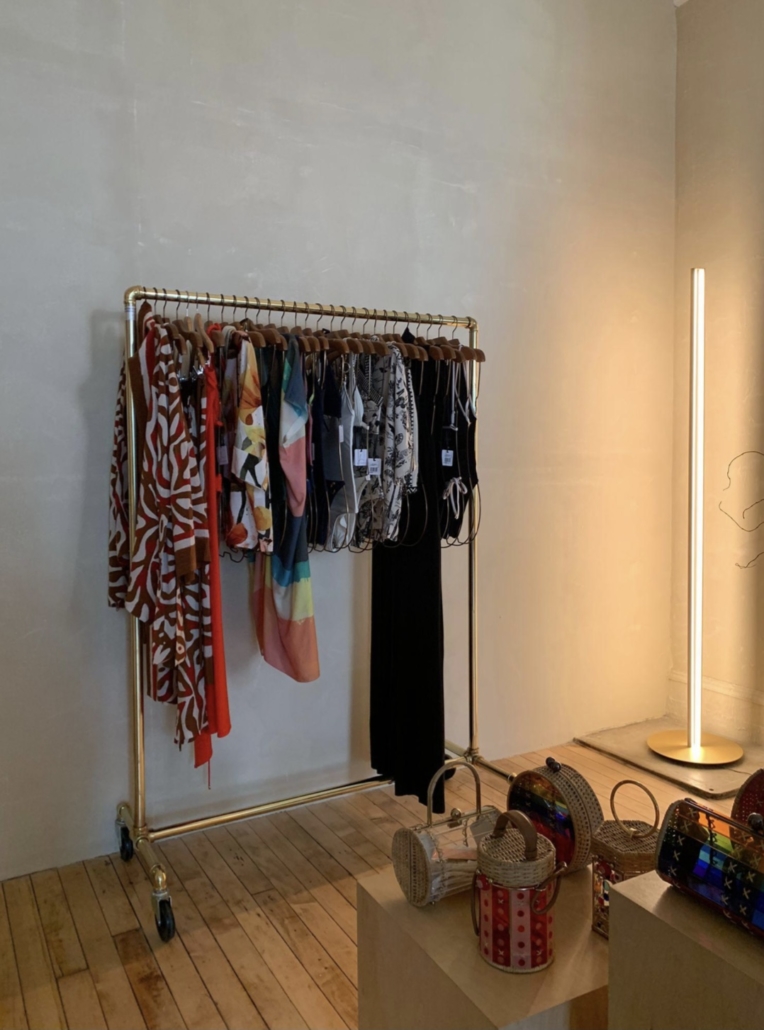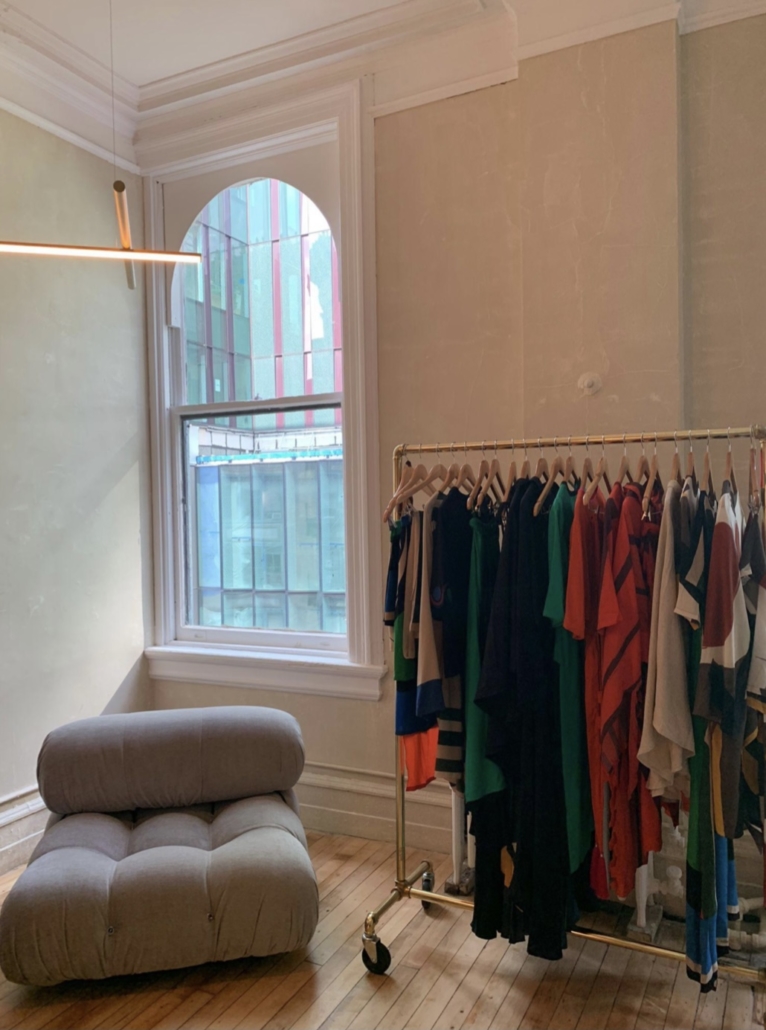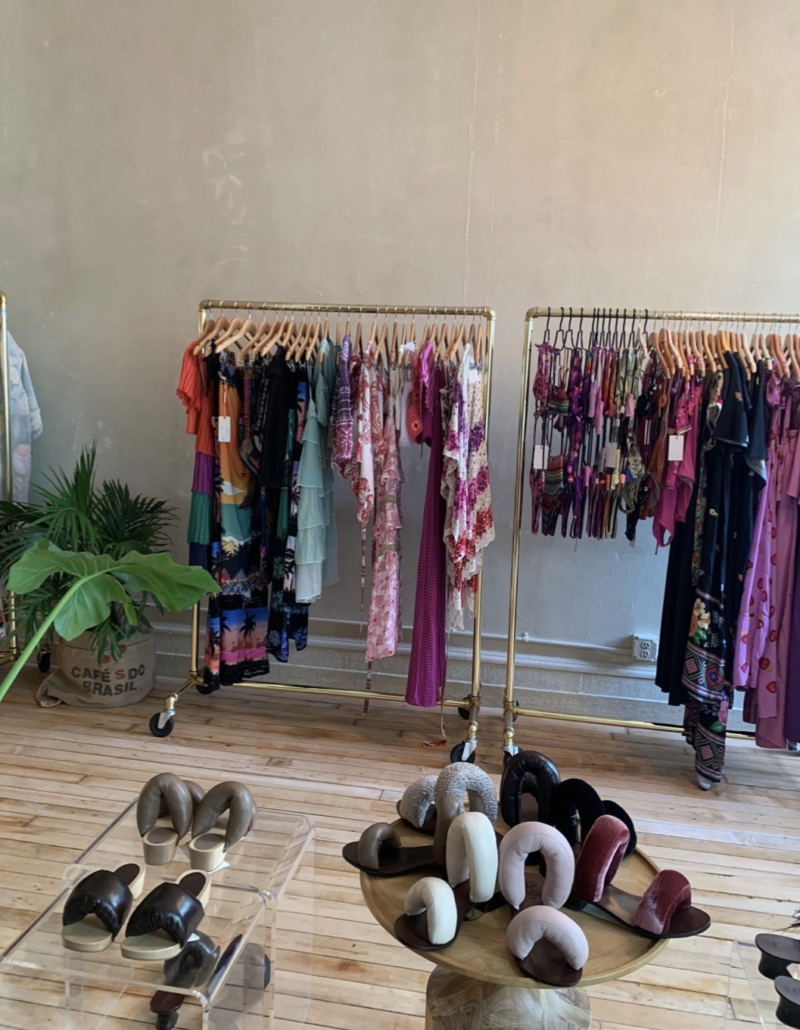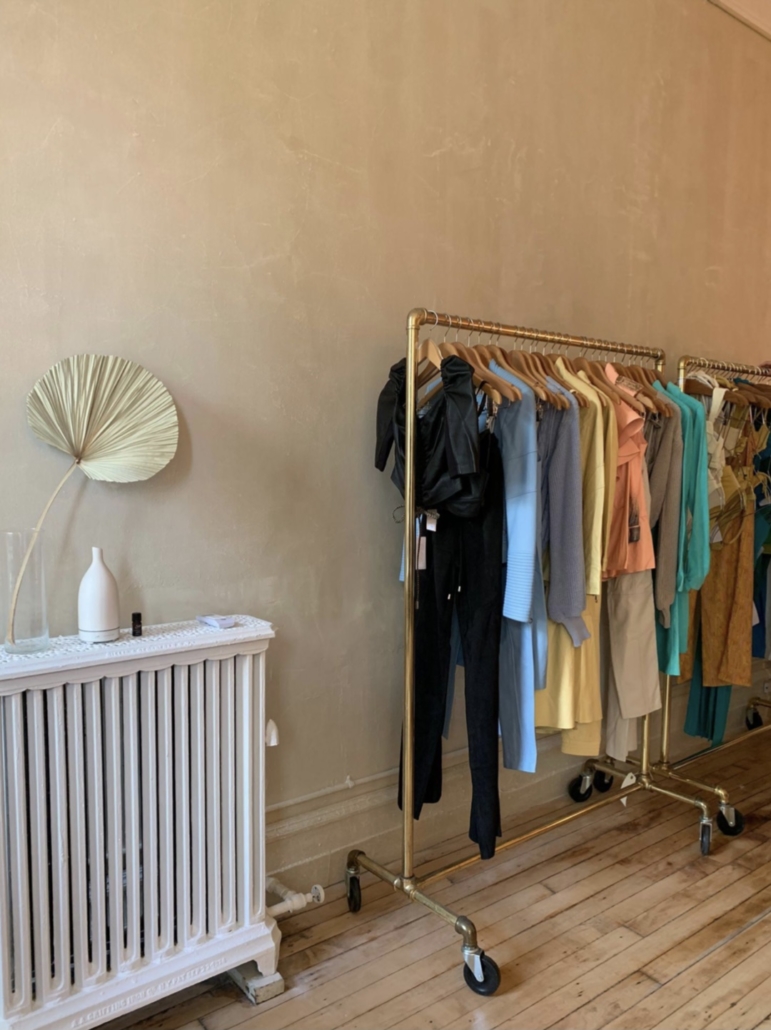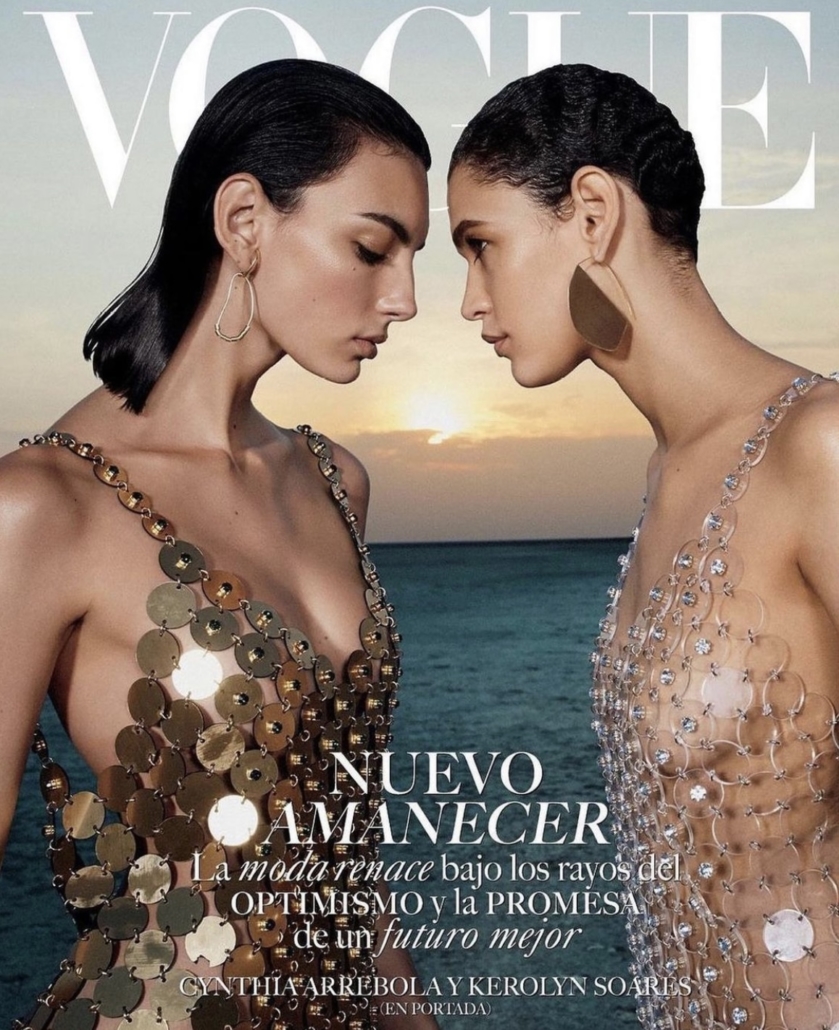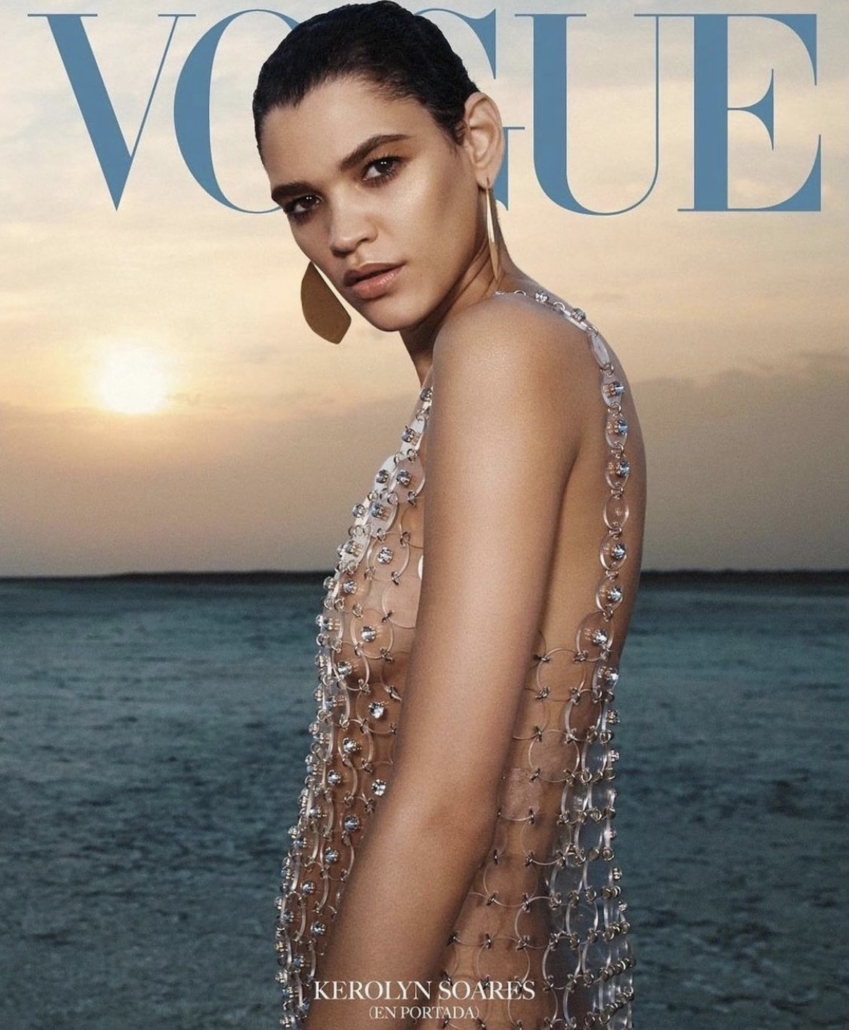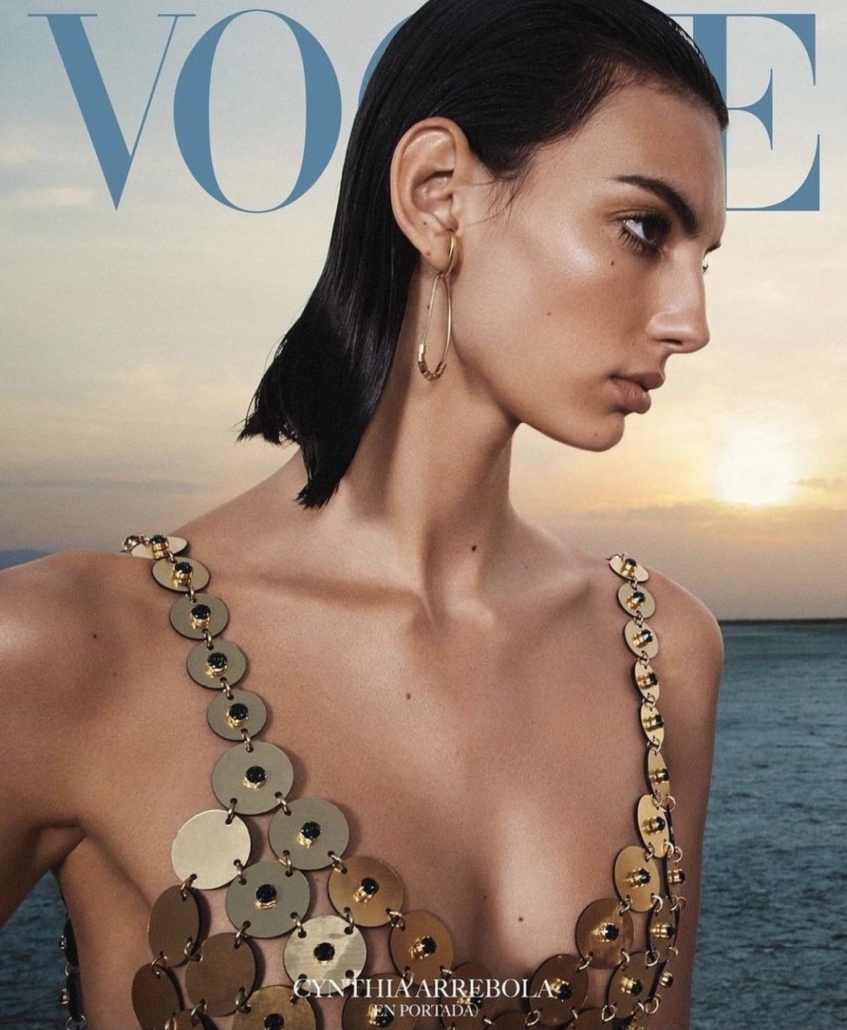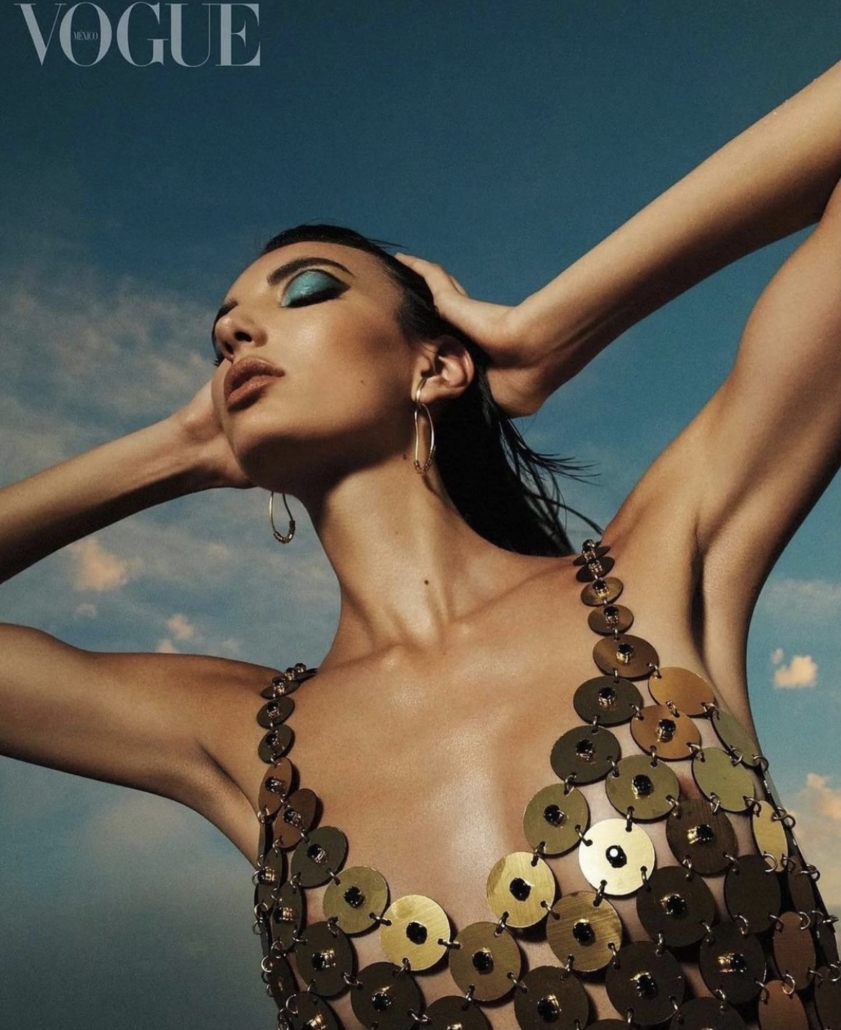The initiative elected 8 racialized brands for the official calendar ofSão Paulo Fashion Week
Sankofa is a co-authorship of the Pretos na Moda movement and the social innovation startup VAMO (Vetro Afro-Indigenous in fashion), which supports racialized entrepreneurs in Brazilian fashion.
Creators
Pretos na Moda is a communication platform that promotes agendas and discussions on racial awareness and inclusion of racialized professionals in the Brazilian fashion market.
VAMO (Vetro Afro-Indigenous in fashion) is a social innovation startup of interracial professionals that develops a reparatory process in national fashion for blacks and indigenous people.
The project
The initiative aims to promote inclusion in Brazilian fashion and give visibility and support to racialized entrepreneurs in three editions of SPFW.
The Sankofa project presented eight emerging brands outside the current runway circuit at São Paulo Fashion Week N51.
Brands are monitored in order to enter the market and to create the official line up of the event in a structured way. The process has the professional support of a team (psychologists, lawyers, accountants) and eight godmother brands – prominent companies in the São Paulo Fashion Week lineup.
Eight new selected brands and their respective godmother brands
Ateliê Mão de Mãe (Gustavo Silvestre, Ponto Firme Project)
Az Marias (Isaac Silva)
Meninos Rei (João Pimenta)
Mile Lab (Juliana Jabour)
Naya Violeta (Apartamento 03)
Santa Resistência (Angela Brito)
Silvério (Vitorino Campos)
Ta Studios (Patricia Viera)
In the first edition (June 2021), the brands presented a fashion film and a photographic essay of the creation process in a fully digital form on the SPFW platform and the event’s digital channels.
“It’s more of a school than a stage for an exhibition,” says Natasha Soares, co-founder of the Pretos na Moda Collective, for Vogue Brasil.
Sankofa Partner
“How to bring Brazil closer to design, innovation, technology, aligned with Brazilian talent, vocation, and diversity? IN-MOD’s efforts are aimed at provoking this discussion and developing actions that propose different paths as an answer,” says Graça Cabral, member of the IN-MOD council.
IN-MOD, the National Institute of Fashion and Design created in 2004, is a non-governmental, non-profit organization whose mission and vision is to work in domestic and foreign markets, and to gain recognition and visibility of Brazilian fashion and design as value-added segments.
Diversity in fashion: industry voices around the world
“The runways in our country need to be a reflection of what is seen on our sidewalks. It is very important that different colors, bodies, and ethnicities are seen in a space that discusses beauty and elegance”, Emicida.
McKinsey & Company featured stories from fashion students, emerging designers and industry leaders about their experiences in US fashion – and their ideas for creating more inclusive workplaces – for the State of Diversity, Equity & Inclusion in Fashion report, from February 2021 done by PVH Corp. and the Council of Fashion Designers of America (CFDA). It also surveyed over 1,000 employees at 41 companies, conducted 20 stakeholder interviews and three focus groups with students and emerging designers.
The company also interviews two of the report’s key stakeholders: CaSandra Diggs, president of the CFDA and Lance LaVergne, director of diversity at PVH. They shared insights into areas of opportunity – including awareness, access, and belonging – and actions that organizations and individuals can take to create a more diverse fashion industry.
“Fashion is a vibrant and exciting industry that employs over a million people in the United States and attracts many aspiring designers and professionals. However, certain groups of talented individuals – blacks in particular – struggle to break into the industry, and those who do make it don’t always feel welcome. Substantial under-representation of diverse talent starts at fashion schools and internships and continues at all levels to the highest echelons of influence and leadership”, McKinsey & Company.
#sankofa #projetosankofa #SPFW #N51 #sãopaulofashionweek #IN-MOD #pretosnamoda #mckinsey #mckinsey&company #VAMO
